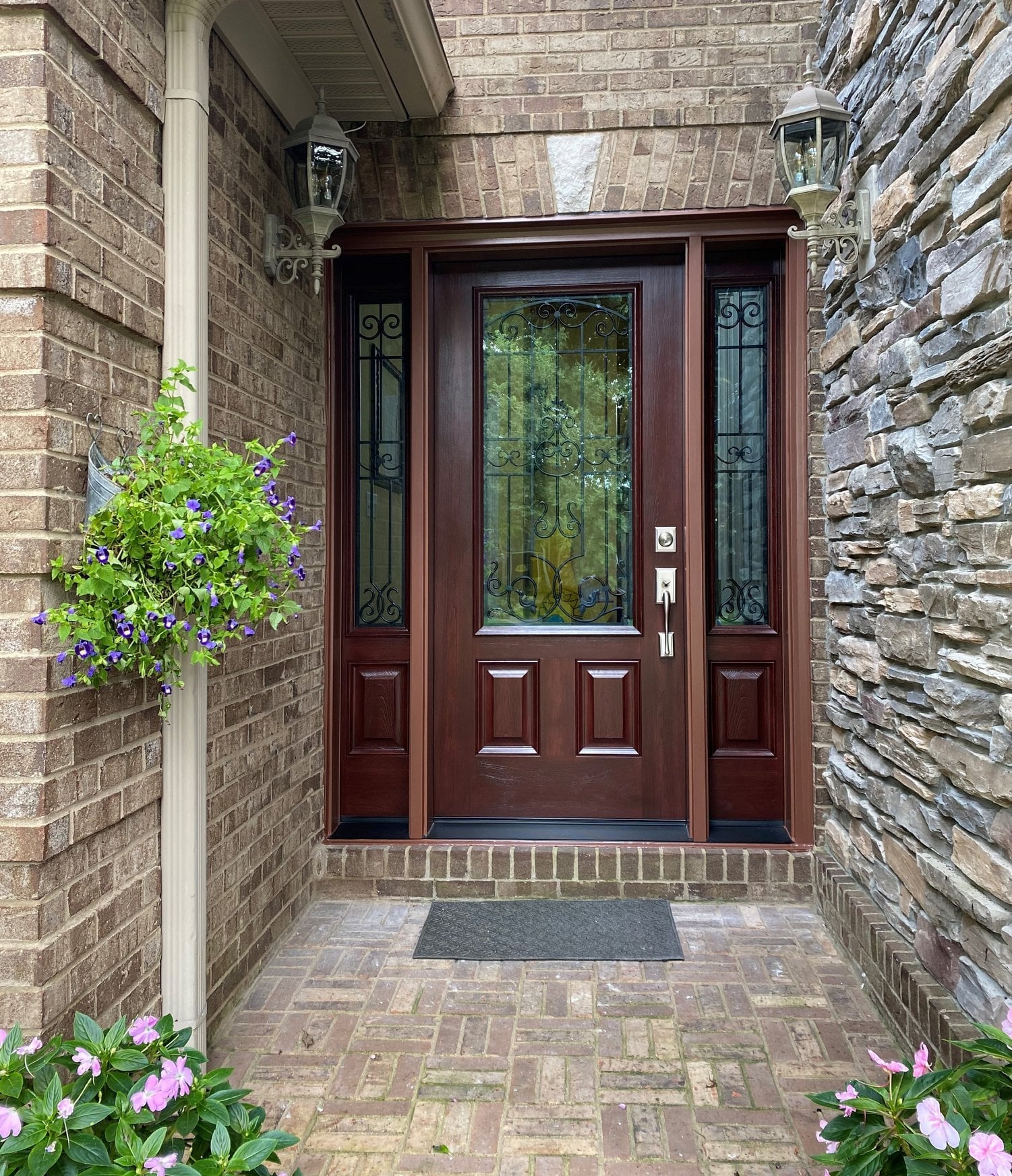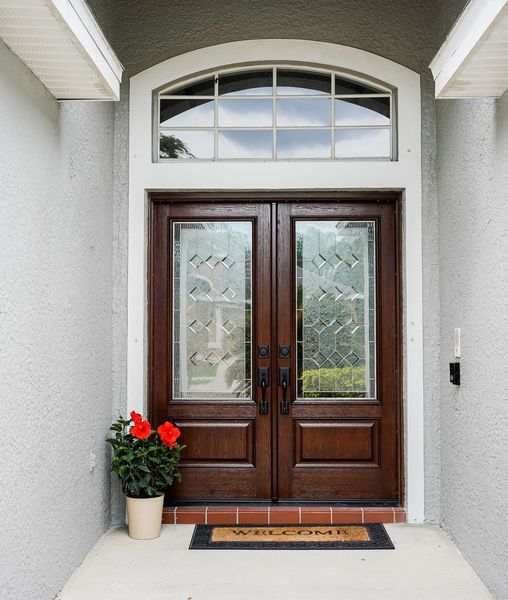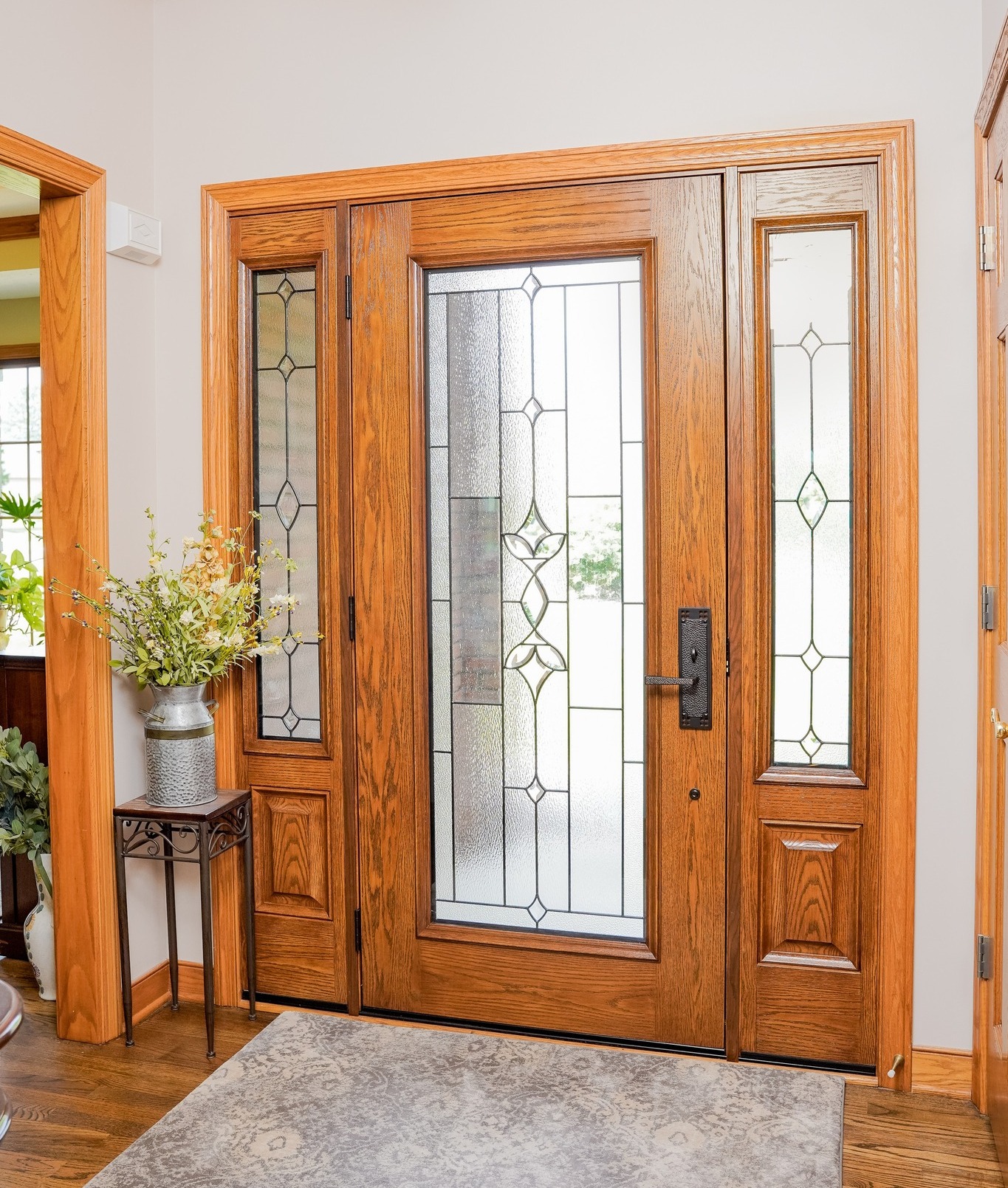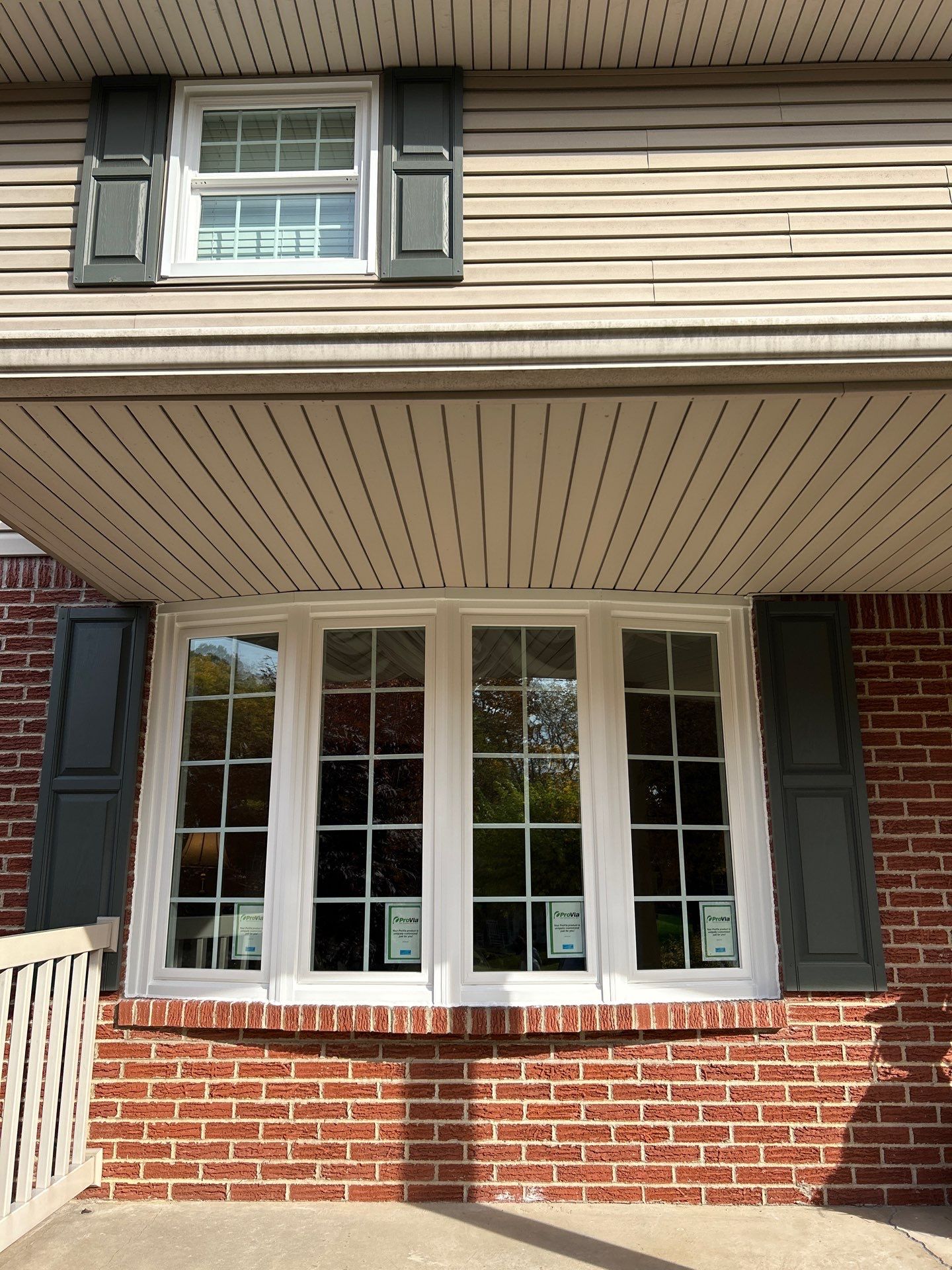Project Profile
With all of the hoopla surrounding the real estate market over the last few years, it’s gotten more difficult than ever to decide whether to buy a new home or remodel the one you’re in. With high interest rates and low inventory, it can be a challenge to find the perfect home. But renovations have their own challenges, including cost, materials, finding a reputable contractor and living in a construction zone.
Still, approximately 76 percent of Americans say they would rather upgrade than buy a new home, according to The Zebra, one of the nation’s leading car and home insurance comparison sites. This is despite the fact that the average cost of a home remodel and renovation in the U.S. is $46,503, though the average gut and remodel cost is closer to $150,000.”
According to Patrick Coffman, general manager, Mt. Pleasant Window & Remodeling Company, a GAF® master elite contractor, the company has always had steady remodeling work, but since COVID, the need for their services has increased exponentially.
“Every year, we get busier and busier,” he said of the home remodeling market. “Right now, the #1 project that homeowners want is a remodeled bathroom; a lot of them are also replacing all of their windows and doors.”
One of the reasons for this, according to Coffman, is that families who have lived in houses that were built in the 1960s and 70s are getting older—and that means they are looking for safety as well as comfort.
“People are taking out old cast-iron tubs and having shower pans put in their place. If you have an older parent, like my mom who is 86, you don’t want them stepping over a bathtub to take a shower. Older bathrooms also don’t have grab bars,” he explained. “We take everything out of the bathroom and take it down to the studs. Then we put in new wood, insulation, or whatever needs to be replaced.”
These improvements also include redoing floors, vanities and toilets. “Locally, homeowners are getting rid of ‘Pittsburgh tile’—the stuff glued onto chicken wire,” Coffman laughed. “It takes a sledgehammer to get it out.”
Does It Pay?
One of the most important questions to ask yourself before undertaking a renovation project is just how much return on investment (ROI) will result. While few projects deliver a 100 percent ROI, it may still be worth spending the money if you plan to stay in your home for a while.
“Putting money into your home is like putting it in a bank,” said Coffman. “But you get to enjoy it.”

According to the 2023 Cost v. Value report from Zonda Media, a housing market research and analytics firm, HVAC electrification (changing a traditional furnace to an electric heat pump) is worth the $17,747 price tag, as homeowners can expect to recoup 103 percent of the cost at resale. Garage door replacements ($4,302) have a 103 percent ROI, followed by replacing siding with stone veneer ($10,925) at 102 percent ROI and steel door entry replacement ($2,214) at 101 percent ROI.
After those improvements, however, the return on investment isn’t nearly as high, though it might still be worth it to increase comfort and convenience while living in the home.
A roughly $16,000 vinyl siding replacement project has a 95 percent ROI, followed by a $20,000 midrange basic kitchen remodel at 89 percent ROI. Surprisingly, while midrange kitchen remodels had a fairly high ROI, high-end kitchen remodels did not.
For those homeowners looking to improve energy efficiency, vinyl window replacement will result in a 69 percent ROI and wood window replacement recoups 61 percent of a homeowner’s investment. According to Coffman, window and door replacements are big this year for a number of reasons.
“New windows are great for energy efficiency—people are a lot more energy-conscious today, and heating a house with old windows costs a lot of money,” he explained. “People are also looking for maintenance-free options.
“Replacing old windows and doors is really a no-brainer, not only for energy efficiency but because they increase curb appeal,” he added. “When you look at a house, your eyes automatically go to the entry door—it’s the focal point. And when you’re looking at putting a house on the market, curb appeal is very important.”
Coffman notes, however, that it’s vital to remodel with quality materials not only for comfort and maintenance reasons, but to increase the value of the home.
“While builders are looking at keeping costs down, homeowners are looking for warranties, longevity, and quality,” he said. “If builders of new homes put more money into quality products, I’d be out of business. So if you’re going to remodel, it’s better to spend more money on quality products so you won’t run into thousands of dollars in costs down the road.”
He adds that in order to qualify for a tax credit, Energy Star requirements are getting tougher and tougher, so quality products are a must. “When you look at how new windows add to the comfort and attractiveness of a home and you add in the savings on energy costs, it’s almost like getting a refund,” he said. “Put money into your home now, enjoy it, and sell it for more later.”



Mistakes Remodelers Make
It’s easy to get carried away when remodeling a home; after all, most people only make those types of big investments once, and you want everything to be just perfect. But it’s important to realize that some projects just aren’t worth it, especially if you’re hoping to sell your home in the near future.
As noted before, while a midrange basic kitchen remodel does recoup some costs, major kitchen and bathroom remodels do not. While it’s true that high-end upgrades can drive up the sales price of a home, this is only true if the entire house has been upgraded to the same high level. A stunning kitchen next to an untouched 1960s bathroom, for example, isn’t encouraging buyers to make an offer.
“You have to be careful with kitchens; you can spend $5,000 making improvements or $150,000,” said Coffman. “You also have to realize that a major kitchen remodel is inconvenient; you may have a crew in your home for three or four weeks, which turns your life upside down.”
A more minor repair, like refacing cabinets, costs less and is only a two- to three-day job, which may be more affordable and manageable for the homeowner.
Over-the-top entertainment rooms can also cost a lot of money, but may not have the long-term value that homeowners expect. Not only does technology change daily, meaning that these rooms will constantly need to be upgraded in order to stay current, but many buyers simply don’t want to pay a higher price for a room that they may rarely use.
It’s also important to be cautious about overly customizing a home. While it may make your home exactly the way you want it to be, no one’s taste is the same. So while you may love the regulation-size basketball court in your home, chances are, you’re going to have to wait a long time for a buyer with the same taste or slash the price to sell it.
On a larger scale, overbuilding a home for the neighborhood is also a drawback. According to Mansion Global, which covers the global real estate market, more money spent on amenities, finishes and even square footage doesn’t necessarily add up to more equity. The smart thing to do before remodeling is to meet with a local real estate agent to find out what the highest sale price in your area was and the square footage of that property before expanding beyond what people looking for homes in that neighborhood want to buy.
The same goes for adding a pool—if you live in a high-end neighborhood where pools are the norm and you can use the pool year-round, it might be worth it. But in general, the $90,000 invested in the installation of a standard in-ground pool only boosts the value of a home about 7 percent. It can also deter families with young children, who are worried about safety.

Remodeling to Stay… or Sell
Two homeowners who have undergone recent home remodels have experienced the challenges–and rewards—of investing in the long-term value of their homes.
Shannon and Ian Parris bought a Ross Township fixer-upper in 2016, thinking that they would take their time with the various projects that needed to be done. After moving into the house, they worked with a local contractor to remove the wall between the kitchen and dining room in order to make the galley kitchen larger, and added new floors, appliances and cabinetry.
“We did a lot of renovations over a few years, though not with the intention to sell,” said Shannon Parris. “We thought this would be our forever house—until we had twins.”
Realizing that they needed more space for their growing family and wanting to stay in the same neighborhood, they began house shopping. “A house that we loved came on the market, but because we hadn’t planned on selling our home that quickly, we had to quickly renovate the bathroom and have work done on the basement.”
While the bathroom wasn’t a complete gut, it did require removing all of the original red and white tile as well as upgrading the rest of the room. After meeting with several realtors, the Parris’ also decided to even up the cement floors in the basement and have it painted to give it a more uniform look. They also replaced the roof over their garage and the front porch, which didn’t match the roof on the rest of the house.
According to Parris, their investment paid off. “We paid $135,000 for the house in 2016, and it sold for $250,000 in 2022,” she said. “We declined the first several offers, and the fourth day, we got our full asking price.”
Jeremy and Angie Jones of the Northside recently renovated their kitchen, though they have no intention of selling their home any time in the near future.
“We’ve lived in the house for eight years, and the kitchen had not been updated since the 1980s,” said Jeremy Jones. “While all of the appliances were new when we bought it, they were starting to die. The cabinets were breaking. We figured it was time to upgrade and start fresh.”
The kitchen renovation, which cost about $62,000, was a complete gut, and included filling in a window to make more space in the 10 x 13 space. The couple also renovated a dry bar, adding cabinets and shelves for storage space.
“Just like a lot of Pittsburgh houses, our floor was put together by someone just slapping a new layer of something on top of the old one,” laughed Jones of the four layers of linoleum and wood that had to be removed. The couple replaced the floor with stained hardwood, and reconfigured the gas line and stove so that the stove hood no longer hung above the island in the middle of the floor.
While the couple is thrilled with the result, living in the house for the six weeks while the renovation was going on was tougher than they expected. “We had two different construction areas going on in our living space and everything that we used daily had to be covered,” said Jones. “We bought a portable induction stove top-burner that we used in the bedroom as our kitchen. We were washing dishes in the bathroom and living on paper plates.”
While the couple expects that their renovation will add to the resale value of their home, they don’t have any plans to move now that their kitchen, which includes a top-of-the-line Viking stove, is exactly how they want it.
“If we had to sell it today, I would guess that we added $50,000 to $75,000 of value to our home—the old design was that bad,” said Jones. “But I don’t ever want to do a kitchen renovation again, so when this kitchen is on its last legs, we’ll sell the house.” NH



